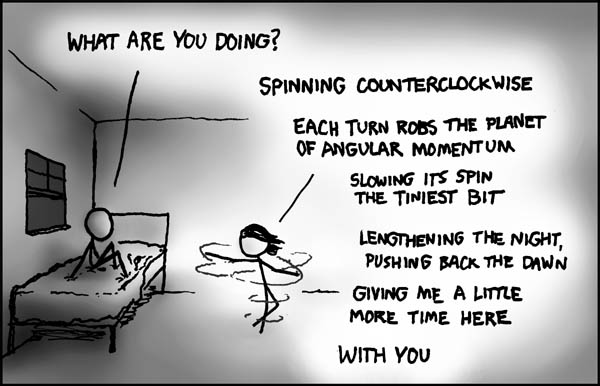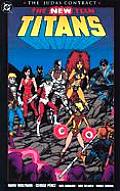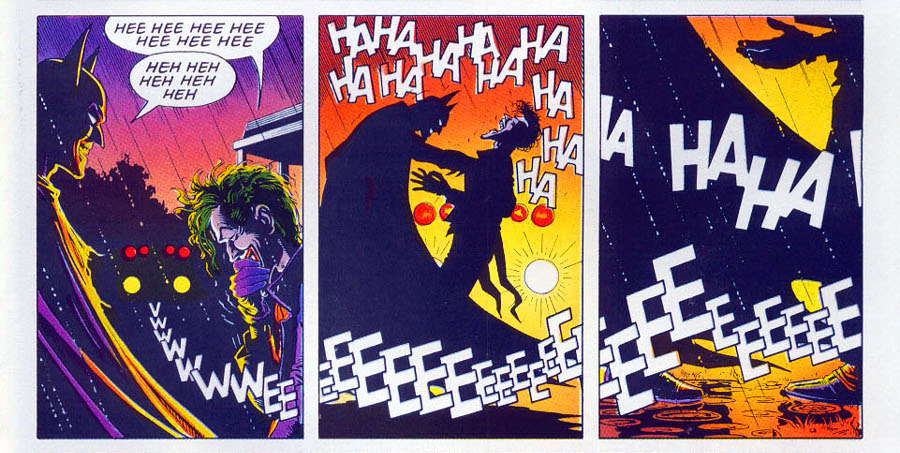A Twitter comment from UK artist
Randolph Hoyte alerted me to
Chris Sims’s Comics Alliance essay on
Marv Wolfman and
George Pérez’s
New Teen Titans. Sims is careful to note that his assessment of that magazine versus its predecessor is a matter of taste and “probably has a lot to do with reading
X-Men as a kid and not getting around to
The Judas Contract until I was in my 20s.”
As I’ve
noted before, Sims was twelve in the 1994, and the comics we read when we’re twelve shape our tastes and memories, for better or worse. I was in my late teens when
New Teen Titans was published, and hadn’t read previous versions of the team. The magazine thrilled and pleased me by doing all I’d learned to like in superhero comics and more besides. I can reread those stories and enjoy the nostalgia, but it’s next to impossible to find the same thrill in other superhero stories—and nothing’s more disappointing than picking up a story touted as “classic” and finding that it’s, well, just a superhero comic showing the traits of the time it was written.
It’s fair to compare
New Teen Titans to
Uncanny X-Men, Marvel’s alternate-superhero team book of the same era, as Sims does. Wolfman, Pérez, and their editor
Len Wein probably did pitch their Titans revival as a possible answer to Marvel’s mutant magazine. And the
X-Men issues that Chris Claremont,
John Byrne, and Dave Cockrum created in the late 1970s and 1980s are top-notch.
But Sims gives more space in this essay recounting favorite moments from
X-Men #132 (“Wolverine gets dropped through four floors to the sewer, then comes back at the end ready to literally murder everyone he sees”) than discussing any
New Teen Titans story, for better or worse. It’s true that
X-Men “feels like a product of the Modern Age,” but that’s because a big part of the “Modern Age” (at its height around, oh, 1994) was Wolverine killing lots of people. A look at
The New Teen Titans should highlight its storytelling, perhaps noting some qualities that the “Modern Age” left behind.
Unfortunately, Sims’s aside about when he read “The Judas Contract” is the
only time he mentions that best-remembered
New Teen Titans storyline. And the only page of Wolfman and Pérez’s work illustrating the essay is one that introduces a supporting character (one whom many readers hate far more than I think is healthy). Those details indicate how glancing this assessment is.
Let’s start instead with the differences between
Uncanny X-Men and
New Teen Titans to isolate the qualities of each. Wolfman and Pérez worked with a different universe and characters, and they created a different type of superhero saga.
The Uncanny X-Men had the overall theme of being outcast. The Marvel mutants were disliked and hunted by authorities. Their headquarters was a shadowy private school in upstate New York. In contrast, the Titans were celebrities who worked with the government out of a T-shaped skyscraper on an island in the East River.
Even the Titans who felt like outcasts fit in better than almost anyone on the Marvel team.
X-Men’s “demonic” character was Nightcrawler, who had a barbed tail, blue skin, and a habit of disappearing in a puff of brimstone. The Titans’ equivalent was Raven, daughter of a horrific giant four-eyed red demon who looked like…a beautiful thin girl with straight dark hair wearing a hooded cape. Cyborg had major body issues, but he was a big, handsome jock. In fact, as Pérez drew them,
all the Titans looked like supermodels, and the one who
was a supermodel looked like a
Playboy fantasy. Being accepted and popular wasn’t their problem. Their challenges grew from their internal lives and their pasts.
The overall theme of the
New Teen Titans was inheritance. All four of the established heroes were sidekicks or younger versions of adult heroes, with varied feelings about their mentors and legacies. The three new heroes were all at odds with their parents. (One was sold into slavery by her father, another crippled when his father opened an interdimensional rift, and then there’s that four-eyed giant red demon—the usual issues.) The magazine’s breakout villain, Deathstroke the Terminator, was the epitome of a toxic father. The villainous cult of Brother Blood was a corrupted reflection of the new “family” that the Titans were creating for themselves.
The best and most innovative
New Teen Titans stories focus on family: the ground-breaking issue built around Wally West’s letter to his parents, Starfire’s rivalry with her sister, Changeling’s rage at the killers of his adopted mother, Donna Troy’s search for relations, Dick Grayson’s decision to move past being
Robin, and even “The Judas Contract.” Those emotional issues reflect the superhero storytelling style of the early 1980s when the big fights were held together with extended melodramas full of thought balloons.
As Sims says, that sort of superhero saga might not be to everyone’s taste. Undoubtedly my own fondness for those stories is rooted in the fact that I was in my late teens when they appeared. But the best of Wolfman and Pérez’s work stands up just as well as Claremont, Byrne, and Cockrum’s, and may hit deeper emotions.


































